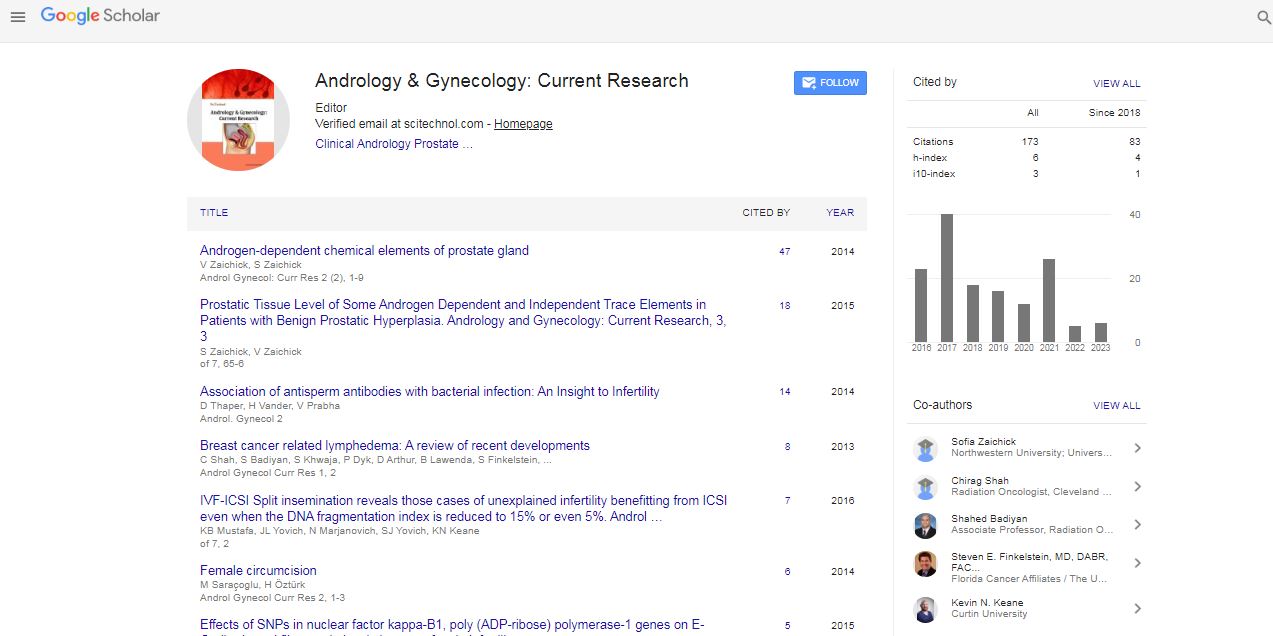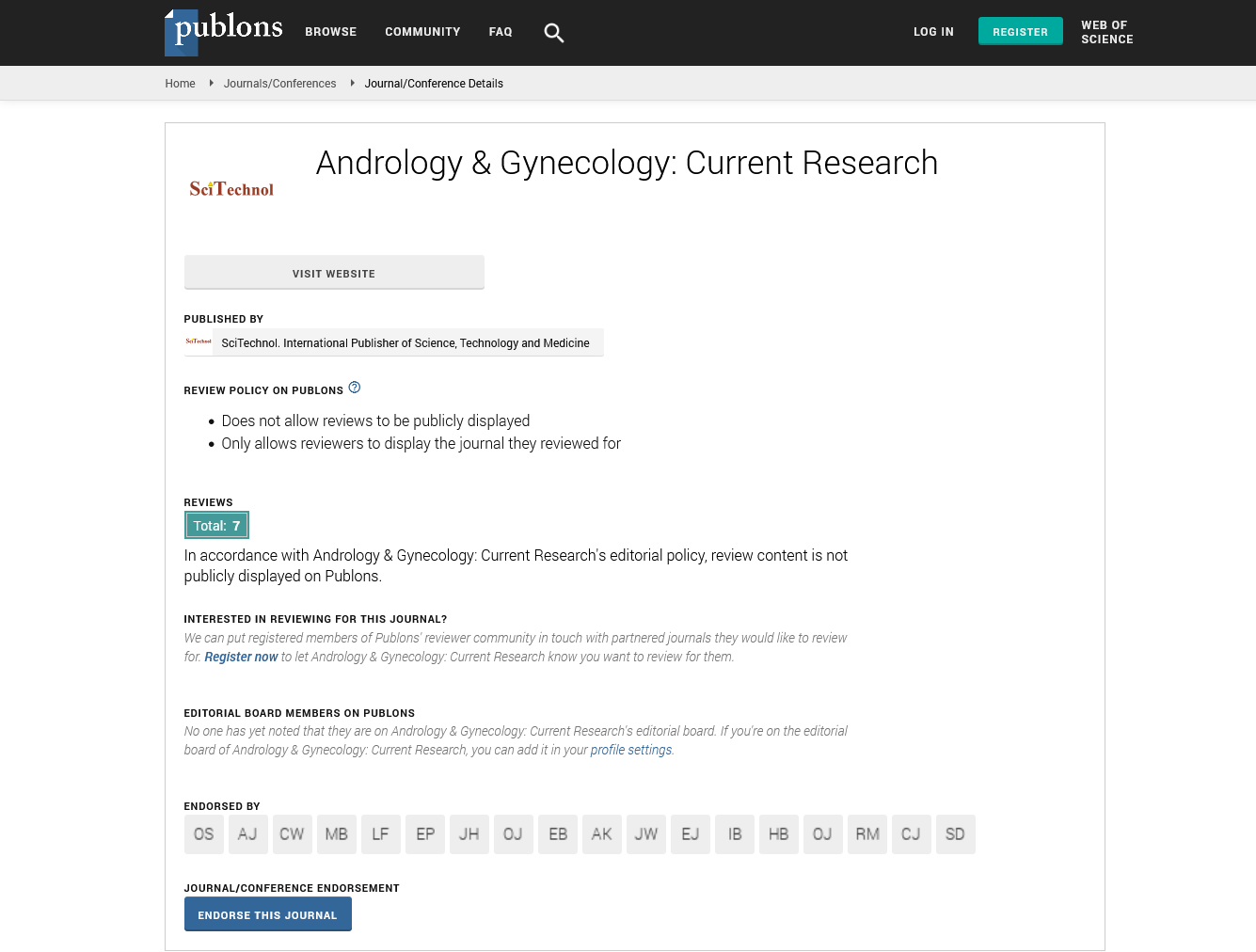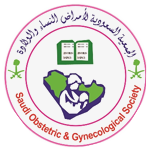Editorial, Androl Gynecol Curr Res Vol: 2 Issue: 2
A Missed Opportunity: FDA and Mitochondrial Manipulation Technology
| Mark V. Sauer* |
| New York Presbyterian Hospital, Columbia University, New York, USA |
| Corresponding author : Mark V. Sauer, MD New York Presbyterian Hospital, Columbia University, New York, USA Tel: (646) 756-8289; Fax: (646) 756-8283; E-mail: mvs9@cumc.columbia.edu |
| Received: April 14, 2014 Accepted: April 17, 2014 Published: April 22, 2014 |
| Citation: Sauer MV (2014) A Missed Opportunity: FDA and Mitochondrial Manipulation Technology. Androl Gynecol: Curr Res 2:2. doi:10.4172/2327-4360.1000106e |
Abstract
A Missed Opportunity: FDA and Mitochondrial Manipulation Technology
On February 25th and 26th2014 the Federal Drug Administration(FDA) convened a Cellular, Tissue and Gene Advisory Committee meeting in Gaithersburg, Maryland. The stated purpose of this meeting was to review basic and clinical research related to “Oocyte modification in Assisted Reproduction for the Prevention of Mitochondrial Disease or Treatment of Infertility”, in order to make recommendations regarding the proper conduct of proposed future clinical trials. The meeting was public, and in addition to the invited presentations of expert scientists in the field, an Open Public Session forum in which participants were given 4 minutes to speak was included. The national press corps was also in attendance and the meeting was highly reported in both written and visual media outlets. .
Editorial |
|
| On February 25th and 26th 2014 the Federal Drug Administration (FDA) convened a Cellular, Tissue and Gene Advisory Committee meeting in Gaithersburg, Maryland. The stated purpose of this meeting was to review basic and clinical research related to “Oocyte modification in Assisted Reproduction for the Prevention of Mitochondrial Disease or Treatment of Infertility”, in order to make recommendations regarding the proper conduct of proposed future clinical trials. The meeting was public, and in addition to the invited presentations of expert scientists in the field, an Open Public Session forum in which participants were given 4 minutes to speak was included. The national press corps was also in attendance and the meeting was highly reported in both written and visual media outlets. For perhaps the first time, innovative assisted reproductive techniques (ART) in the United States were under public scrutiny and challenge prior to their clinical introduction. The result, perhaps predictably, was grandstanding by public special interests, demands for additional and expensive preclinical studies by the FDA and ultimately a missed opportunity to advance science and medicine. Mitochondrial mutational diseases are devastating illnesses. Thankfully, they are relatively uncommon and are inherited along strict maternal lines of transference. Phenotypic expression is often variable due to the complex nature in which mitochondria divide within cells, including human eggs, so that some eggs contain many affected genes, while others harbor only a few [1]. Modern genetic testing makes it possible to estimate that 1 in 200 persons carry mutations that are known to be associated with debilitating disease, yet disease is apparent in only 1 in 5,000 to 1 in 10,000 individuals. Unfortunately, most at risk carriers are discovered upon the delivery of a severely disabled child or come to be diagnosed when family members fall victim to disorders that express themselves with aging [2]. | |
| Research efforts at defining mitochondrial function, genetics, and associated disorders have been occurring throughout the world for many years and results from these experiments hold great promise for combating these crippling diseases [3-5] Mammalian, non-human primate and human experiments strongly suggest that eggs that have been enucleated from normal egg donors, may be used by affected women in order to have their normal nuclear DNA transferred into a “reconstituted” egg which when fertilized in vitro would provide offspring that do not carry the risk of the mitochondrial disorder carried by their mother [6]. This “3 parent IVF” technique may be performed with either unfertilized eggs, or fertilized eggs. Unfairly both techniques have been characterized as “unnatural”, “Frankensteinish”, “designer babies” and “dangerous” by groups that wish to outlaw intervention at the cellular level. Yet, carefully conducted experiments in the rhesus monkey and also using human stem cell lines have failed to uncover abnormalities when using these specific techniques. Also significant is the eradication of the few mitochondria that are inadvertently transferred when the karyoplast is removed and transferred into the new egg [3]. Thus, disease has the potential to be cured in the resulting offspring and perhaps more importantly, the mutation will be permanently removed from all subsequent generations of offspring. | |
| It was unfortunate that so much attention was given at the meeting to past attempts at manipulation of cellular mitochondria using techniques that are wholly unlike those used to address mutational disease today. The work conducted by Jacques Cohen, Ph.D. in the late 1990s actually intentionally created heteroplasmy, or a mixture of mitochondrial, within the oocyte [7]. The patients treated in this manner were infertile and older, and apparently no safeguards were in place to screen embryos or for that matter the pregnant patients, for resulting aneuploidy. A number of offspring were born with abnormalities as a result, although since the work lacked clinical research design, it remains inconclusive as to whether or not the intervention was actually responsible. The British government conducted public hearings on the same subject matter over the course of a year’s time [8]. Recently, they concluded that clinical experiments should begin and the HFEA will license centers to commence work. It is a bold first step. The FDA had the distinct advantage of learning from the hearings conducted in the United Kingdom, which included scientists, clinicians, patients, public advocates and ethicists. Instead, the FDA conducted a 2-day meeting, paneled by a consortium of invited “voting members”, of which several lacked academic credential and expertise in the field of cellular biology or mitochondrial disease. A number of special interest groups presented opinions at the “public” session and their arguments were largely without scientific merit, or even relevant to the topic at hand and yet their assertions passed without challenge by the FDA panel. Unfortunately, the media reported the antagonistic positions alongside the expert testimony, as if equal in importance and validity. Sadly, advocacy groups for patients with mitochondrial disorders were not present; their silence on the topic discussed was deafening and hard to understand. | |
| As a result of these proceedings it appears that research momentum has stalled and initiatives to cure mitochondrial disease in the United States has taken a step backward. Although we should applaud the FDA efforts at bringing into the public domain legitimate attempts to introduce innovative technology, it is unfortunate that focus on the new and improved methods of mitochondrial manipulation was obscured by special interest rhetoric. | |
| There will always be critics asking for more and more animal research before taking the first important step forward. How many experiments need to be conducted, how much more time must be spent, and how many more dollars budgeted in order to satisfy the FDA that it is now reasonable to proceed to clinical trial? Sitting in the audience I wondered had the FDA conducted such hearings on Drs. Edwards and Steptoe’s research, whether or not IVF would have ever occurred. Fortunately for the 5 million children born from that bold and innovative technique, it was a different time. As we wait for the FDA to feel comfortable, children with disabling and life ending mutations will continue to be born; women who carry these mutations will continue to be told not to have children; and perhaps, the British will move forward and show the rest of the world that this technique is indeed ready for primetime. | |
References |
|
|
 Spanish
Spanish  Chinese
Chinese  Russian
Russian  German
German  French
French  Japanese
Japanese  Portuguese
Portuguese  Hindi
Hindi 


